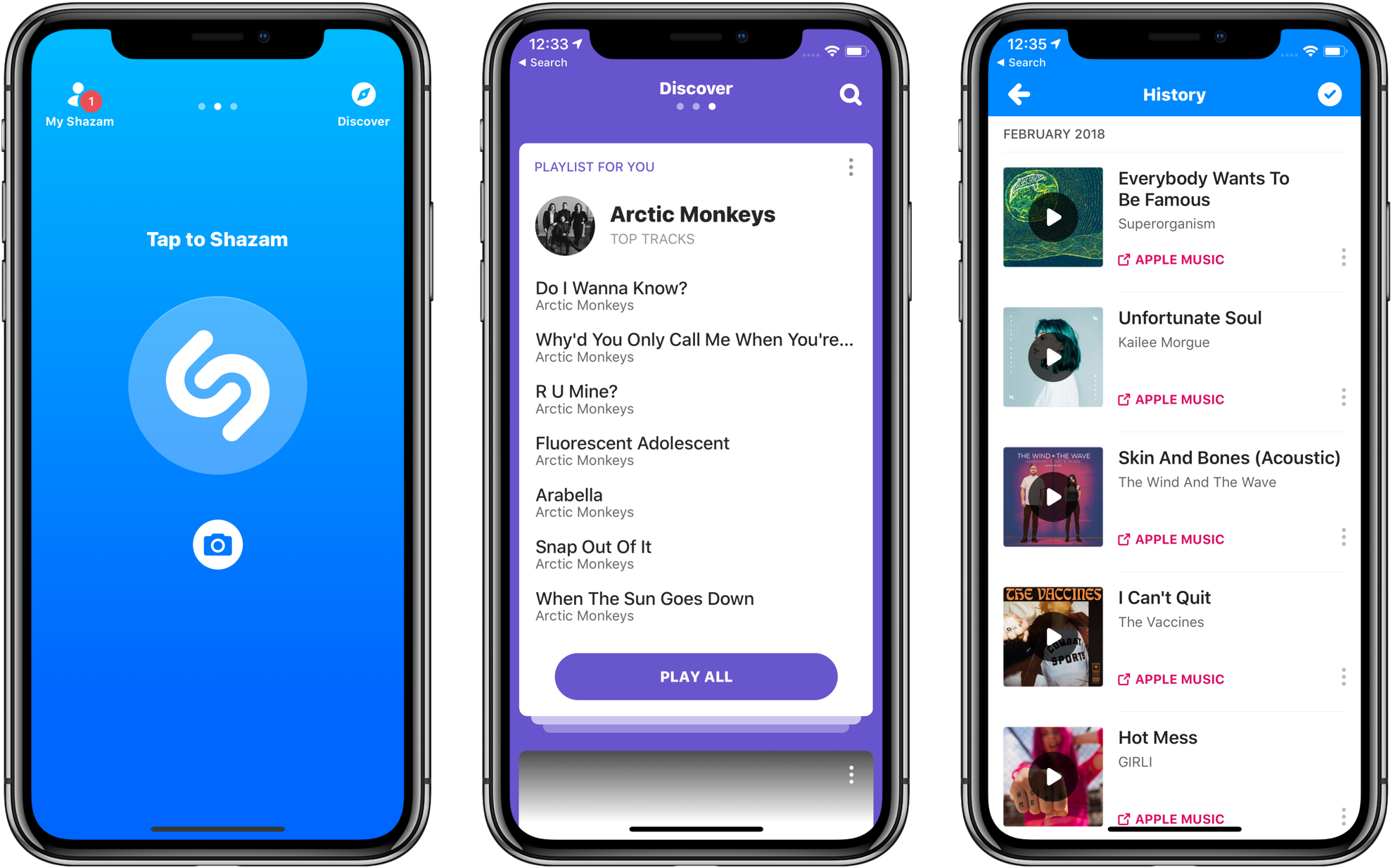The iPhone XS and XS Max have been in the hands of users for a week now, and during that time many selfies have undoubtedly been taken on the new devices. Some users have noticed an unexpected difference with their selfies, however: their skin looks smoother and less realistic than it should. Juli Clover reports on this for MacRumors:
When taking a selfie in a situation where lighting is less than ideal, such as indoors or outdoors in areas with lower lighting, the iPhone XS Max appears to be applying a drastic smoothing effect that can hide freckles, blemishes, and other issues.
In full outdoor lighting the problem is less apparent, which has led to speculation that the skin smoothing is actually a result of some heavy-handed noise reduction techniques.
You can test the new camera yourself with an iPhone XS Max and an older iPhone like an iPhone X model by taking selfies indoors and outdoors and comparing the differences between the two. In almost all cases where the lighting is low or uneven, photos captured with an iPhone XS Max look dramatically different.
9to5Mac has a quote from one user, Abdul Dremali, who said, “Apple reached out to me yesterday and are working on this issue actively.” That isn’t necessarily confirmation that a skin smoothing effect is being applied, but it does indicate that something’s happening with the XS front-facing camera that wasn’t intended.
There’s often one controversy or another surrounding the launch of a new iPhone, such as antennas not working properly or iPhones bending under pressure. This issue doesn’t seem quite like those past problems, as it should be a quick fix in software if something’s not functioning correctly. In 2018 there’s a lot that happens in software every time a photo is taken on an iPhone; it wouldn’t surprise me if a small tweak arrives in iOS 12.0.1 that helps skin remain natural to the eye no matter the lighting conditions. One way or another, we should hear more from Apple before long.


